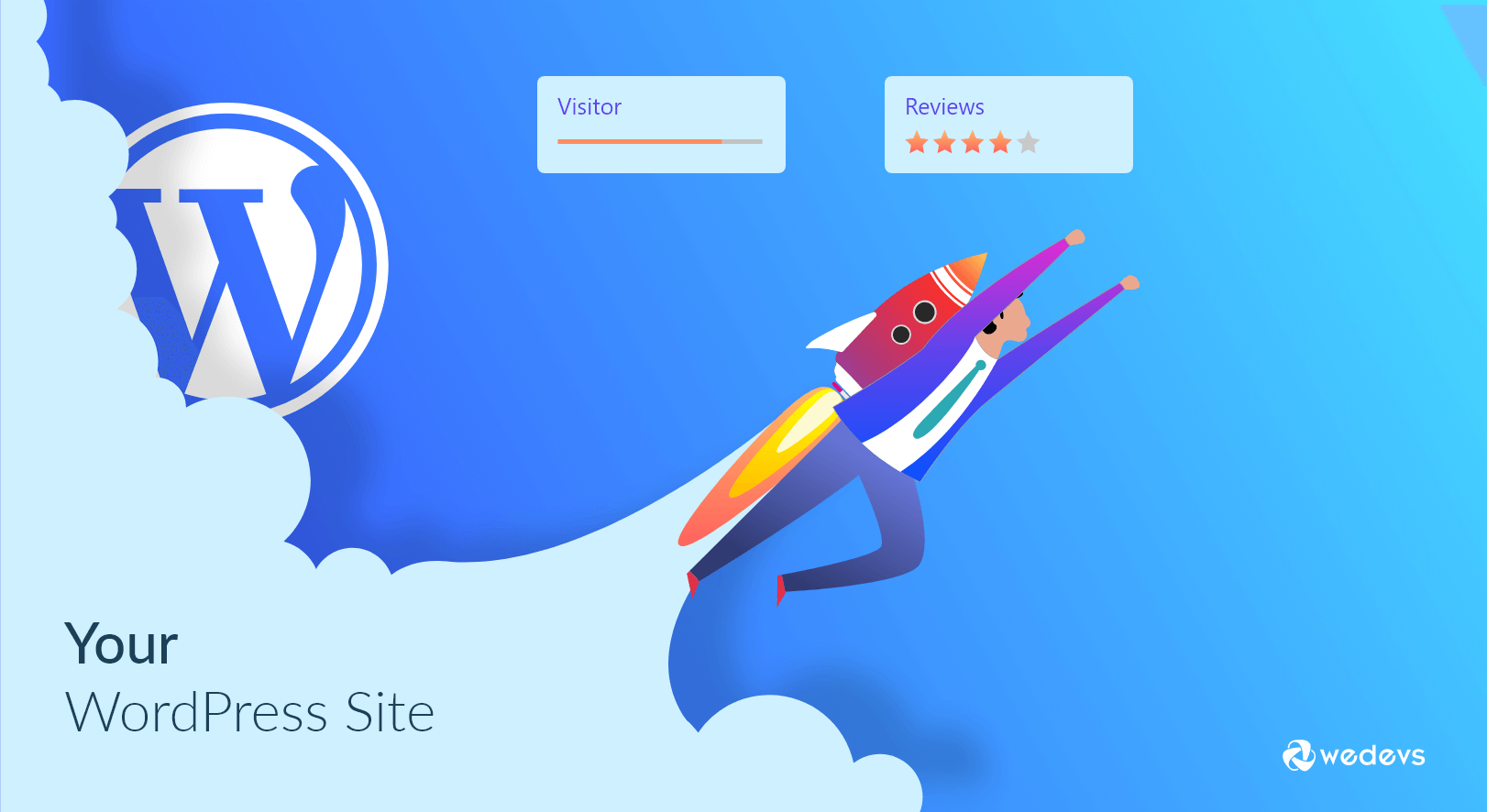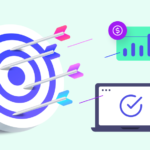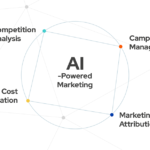Speed optimization for WordPress sites enhances user experience and improves search engine rankings. It involves reducing load times and increasing overall site performance.
A fast-loading WordPress site is crucial for keeping visitors engaged and improving SEO rankings. Site speed impacts user experience, bounce rates, and conversions. Search engines favor faster sites, which can significantly improve your site’s visibility and ranking. Essential steps for optimization include using a lightweight theme, optimizing images, leveraging caching, and minimizing plugins.
Regularly updating WordPress, themes, and plugins also helps maintain speed. Tools like Google PageSpeed Insights can identify performance issues and suggest improvements. By focusing on speed optimization, you ensure a better experience for users and improve your site’s performance in search engine results.
Importance Of Speed
Website speed is crucial for any WordPress site. A fast site ensures users stay engaged and satisfied. It also boosts your search engine rankings. Improving your website speed can lead to better user experiences and higher conversions.
User Experience
Slow websites frustrate visitors. They might leave your site if it takes too long to load. A quick website keeps users happy and engaged. Happy users are more likely to explore your content and make purchases.
- Quick Load Times: Users expect pages to load within 2 seconds.
- Enhanced Engagement: Faster sites see higher interaction rates.
- Reduced Bounce Rates: Speedy sites keep users from leaving.
Seo Benefits
Google favors fast websites. A faster site can improve your SEO rankings. High rankings mean more visibility and traffic. Search engines use speed as a ranking factor, so improving it is vital.
- Better Rankings: Speed boosts your place in search results.
- Increased Traffic: Higher rankings bring more visitors.
- Improved Crawl Rates: Search engines can index your site quicker.
| Factor | Impact |
|---|---|
| Load Time | Improves user satisfaction |
| SEO Ranking | Higher visibility in search engines |
| Bounce Rate | Lower bounce rates |
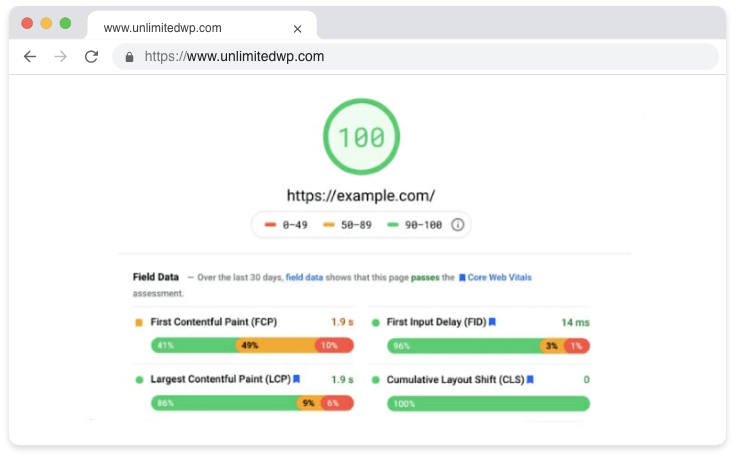
Credit: unlimitedwp.com
Measuring Performance
Measuring performance is key to optimizing your WordPress site. It helps identify areas that slow down your site. Understanding these areas allows you to take targeted actions.
Tools And Metrics
Various tools and metrics can help you measure performance. Here are some of the most popular ones:
- Google PageSpeed Insights: Measures speed and provides suggestions.
- GTmetrix: Offers a detailed report on your site’s speed.
- Pingdom: Analyzes your site’s load time and performance grade.
Metrics to focus on include:
- Load Time: The time it takes for your site to fully load.
- Time to First Byte (TTFB): The time taken for the first byte of data to be received.
- First Contentful Paint (FCP): The time when the first content is displayed.
Analyzing Results
Once you have collected data, analyze the results carefully. Look for areas where your site takes the longest to load. Often, images or scripts are the main culprits.
Use a table to organize your findings:
| Metric | Ideal Value | Your Site’s Value |
|---|---|---|
| Load Time | Under 3 seconds | 4.5 seconds |
| TTFB | Under 200 ms | 350 ms |
| FCP | Under 1 second | 1.2 seconds |
Identifying these issues helps you know where to focus your optimization efforts. For instance, if your load time is high, consider optimizing images or using a CDN. If TTFB is long, check your hosting provider or server configuration. Addressing these key areas can significantly improve your site’s performance.
Optimizing Images
Optimizing images is key to speed up your WordPress site. Large images slow down page load times. Fast loading sites improve user experience and SEO.
Compression Techniques
Image compression reduces file size without losing quality. Smaller images load faster. You can use tools like TinyPNG or ImageOptim.
| Tool | Features |
|---|---|
| TinyPNG | Compresses PNG and JPEG files |
| ImageOptim | Removes bloated metadata and compresses images |
Use WordPress plugins like Smush or EWWW Image Optimizer. These plugins automatically compress images upon upload.
Lazy Loading
Lazy loading delays loading of off-screen images. This improves initial load time. Only images in the viewport load immediately.
Enable lazy loading with plugins like Lazy Load by WP Rocket or a3 Lazy Load.
- Improves page speed
- Reduces server load
- Enhances user experience
To manually add lazy loading, use the loading="lazy" attribute in your image tags:

Lazy loading is effective for long pages with many images. It ensures that only visible images load first.

Credit: www.upwork.com
Efficient Hosting
Efficient hosting is crucial for speed optimization of WordPress sites. Hosting influences page load times and the user experience. Choosing the right hosting provider and configuring your server properly can make a significant difference. Below, we’ll explore how to achieve this.
Choosing Providers
Selecting the right hosting provider is the first step. Not all hosting providers offer the same level of performance. Look for providers that offer high-speed servers, reliable uptime, and excellent customer support.
| Provider | Speed | Uptime | Support |
|---|---|---|---|
| Provider A | Fast | 99.9% | 24/7 |
| Provider B | Very Fast | 99.8% | 24/7 |
| Provider C | Fast | 99.7% | 24/7 |
Server Configurations
Proper server configurations ensure your site runs efficiently. Configuring your server correctly can lead to faster page load times and better performance.
- Use the latest PHP version: PHP 7 or higher is faster.
- Enable GZIP compression: Reduces the size of your files.
- Leverage browser caching: Stores static files locally.
- Optimize database: Regularly clean up your database.
A well-configured server improves speed and user experience. Implement these configurations to see immediate results.
Minimizing Plugins
Optimizing the speed of your WordPress site is crucial for user experience. Minimizing plugins is a key factor. Too many plugins can slow down your site. Choose essential plugins and avoid bloat to keep your site running fast.
Essential Plugins
Not all plugins are created equal. Some are necessary, while others are not. Here’s a list of essential plugins that can help with speed optimization:
- SEO Plugin: Helps with search engine optimization.
- Cache Plugin: Speeds up site by caching pages.
- Security Plugin: Protects your site from threats.
- Backup Plugin: Keeps your data safe.
Avoiding Bloat
Bloat can slow down your WordPress site. Avoid unnecessary plugins to keep your site fast. Follow these tips:
- Only install plugins you need.
- Regularly update your plugins.
- Delete inactive or unused plugins.
Avoiding bloat ensures your site remains fast and efficient. Here’s a quick comparison of essential vs. non-essential plugins:
| Essential Plugins | Non-Essential Plugins |
|---|---|
| SEO Plugin | Social Media Widgets |
| Cache Plugin | Weather Widgets |
| Security Plugin | Music Players |
| Backup Plugin | Games |
By focusing on essential plugins and avoiding bloat, you can optimize the speed of your WordPress site. Keep your site lean and fast for a better user experience.
Utilizing Caching
Speed optimization is crucial for any WordPress site. One effective method is utilizing caching. Caching stores copies of your site’s files to reduce load times. There are different types of caching, each with its benefits.
Browser Caching
Browser caching saves files on a visitor’s computer. This speeds up load times for repeat visits.
- Stores CSS, JavaScript, images, and other assets.
- Reduces server load and bandwidth usage.
- Improves user experience and site performance.
To enable browser caching, add the following code to your .htaccess file:
ExpiresActive On
ExpiresByType image/jpg "access plus 1 year"
ExpiresByType image/jpeg "access plus 1 year"
ExpiresByType image/gif "access plus 1 year"
ExpiresByType image/png "access plus 1 year"
ExpiresByType text/css "access plus 1 month"
ExpiresByType text/html "access plus 1 hour"
ExpiresByType application/pdf "access plus 1 month"
ExpiresByType text/x-javascript "access plus 1 month"
ExpiresByType application/x-shockwave-flash "access plus 1 month"
ExpiresByType image/x-icon "access plus 1 year"
Server-side Caching
Server-side caching stores data on the server to serve future requests quickly.
- Reduces server processing time.
- Speeds up dynamic content delivery.
- Handles more traffic efficiently.
Popular server-side caching methods include:
- Opcode Caching: Stores compiled PHP code to speed up execution.
- Object Caching: Saves database query results for faster access.
- Page Caching: Stores entire HTML pages to serve static content quickly.
To implement server-side caching, consider using plugins like W3 Total Cache or WP Super Cache. These plugins offer easy setup and powerful features.
Content Delivery Network
A Content Delivery Network (CDN) helps speed up your WordPress site. It does this by storing copies of your site on multiple servers worldwide. When a user visits your site, the CDN delivers content from the nearest server. This reduces the time it takes for your site to load.
Cdn Benefits
Using a CDN offers many benefits:
- Faster Load Times: Content is delivered from the nearest server.
- Reduced Server Load: Your main server handles fewer requests.
- Improved User Experience: Faster load times keep users happy.
- Better SEO: Search engines prefer faster-loading sites.
- Increased Site Security: CDNs often include security features.
Setting Up A Cdn
Setting up a CDN for your WordPress site is simple. Follow these steps:
- Choose a CDN Provider: Popular options include Cloudflare, MaxCDN, and AWS CloudFront.
- Create an Account: Sign up on the CDN provider’s website.
- Get Your CDN URL: This is usually provided in your account dashboard.
- Install a CDN Plugin: Use plugins like W3 Total Cache or WP Super Cache.
- Configure the Plugin: Enter your CDN URL in the plugin settings.
- Test Your Site: Make sure everything loads correctly.
Using a CDN can make a huge difference in your site’s performance. It helps ensure fast, secure, and reliable content delivery.
Database Optimization
Optimizing your WordPress database can significantly improve site speed. It involves cleaning up and ensuring efficient queries. Regular database maintenance keeps your site running smoothly.
Cleaning Up
A cluttered database can slow down your site. Cleaning it up regularly is essential. Here are some steps to clean up your database:
- Delete unwanted data: Remove spam comments, trashed posts, and unused tags.
- Optimize tables: Use plugins like WP-Optimize to clean and optimize tables.
- Limit revisions: Reduce post revisions to avoid excess data.
Cleaning your database regularly helps in maintaining your site’s performance. It also reduces the risk of potential issues.
Efficient Queries
Efficient queries are crucial for a fast WordPress site. Poorly written queries can slow down your site. Follow these tips for efficient queries:
- Use indexes: Indexing speeds up data retrieval.
- Avoid unnecessary queries: Minimize the number of queries run.
- Optimize query structure: Write queries to fetch only required data.
Optimized queries ensure your database runs efficiently. This leads to faster page load times.
By focusing on database optimization, you can achieve a speedier WordPress site. This enhances the user experience and improves your site’s performance.
Code Optimization
Code Optimization is crucial for speeding up WordPress sites. Clean, efficient code reduces load times and enhances user experience. This section covers essential techniques for optimizing your WordPress code.
Minifying Css And Js
Minifying CSS and JS files can significantly improve site speed. This process removes unnecessary characters from code without changing its functionality. These characters include spaces, comments, and line breaks.
- Use tools like UglifyJS and CSSNano for minification.
- Install plugins like Autoptimize or W3 Total Cache.
- Combine multiple CSS and JS files into one.
Minified files load faster, reducing the time your site takes to render. This leads to a smoother user experience and better search engine rankings.
Reducing Http Requests
Reducing HTTP requests is another effective code optimization strategy. Each element on a web page, like images, scripts, and stylesheets, requires a separate HTTP request. Fewer requests mean faster load times.
- Combine CSS and JS Files: Merge multiple files into a single file.
- Use CSS Sprites: Combine multiple images into one image file.
- Inline Small CSS and JS: Embed small CSS and JS directly into HTML files.
Here’s an example of inlining CSS:
Reducing HTTP requests can drastically improve your WordPress site’s performance.
Monitoring And Maintenance
Monitoring and maintenance are crucial for speed optimization of your WordPress site. Regular checks ensure your site remains fast and efficient. This section covers essential practices for maintaining speed.
Regular Audits
Conducting regular audits helps identify performance issues early. Use tools like Google PageSpeed Insights and GTmetrix for this purpose. These tools provide valuable insights into your site’s performance.
Here’s a simple audit checklist:
- Check page load times.
- Review server response times.
- Identify large images and files.
- Examine plugin performance.
Automated Tools
Automated tools simplify the monitoring process. They provide real-time alerts for performance issues. Popular tools include:
| Tool | Features |
|---|---|
| Pingdom | Real-time monitoring, detailed reports |
| Uptime Robot | Website uptime monitoring, alerts |
| New Relic | Full-stack monitoring, error tracking |
These tools help maintain optimal site performance. They automate the detection of speed bottlenecks.
Incorporating these practices ensures your WordPress site stays fast. Regular audits and automated tools are key for ongoing speed optimization.
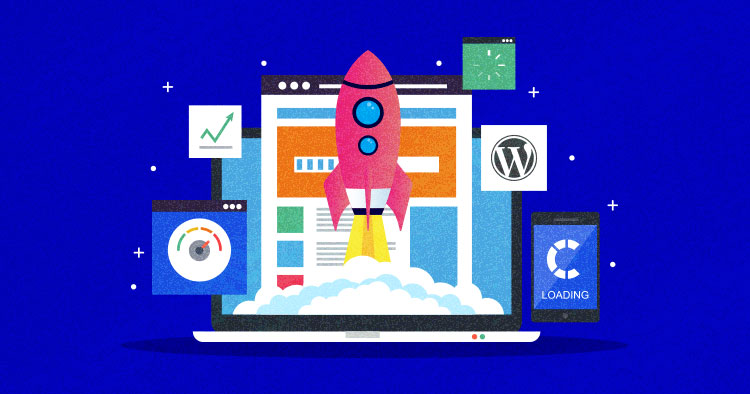
Credit: www.cloudways.com
Frequently Asked Questions
How To Optimize Website Speed In WordPress?
Optimize website speed in WordPress by using a lightweight theme, minimizing plugins, enabling caching, optimizing images, and using a CDN.
How To Increase WordPress Website Speed In 2024?
Optimize images, use a caching plugin, enable lazy loading, update themes/plugins, and minimize CSS/JavaScript files.
How To Increase WordPress Website Speed Without Plugins?
Optimize images by compressing them. Use a lightweight theme. Minimize CSS and JavaScript files. Enable browser caching. Reduce server response time.
What Is The Best Plugin For Speed Up WordPress?
The best plugin to speed up WordPress is WP Rocket. It optimizes caching, reduces load times, and improves overall performance.
Conclusion
Optimizing your WordPress site’s speed is crucial for user experience and search rankings. Implement the tips shared to boost performance. Regularly monitor your site and update plugins. A faster site leads to happier visitors and better conversions. Start optimizing today and see the difference.
